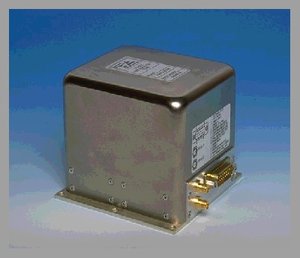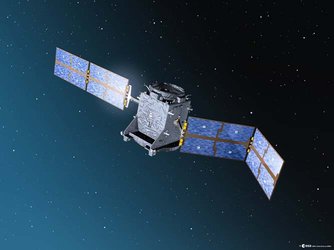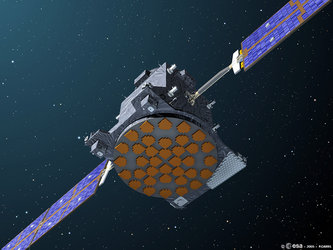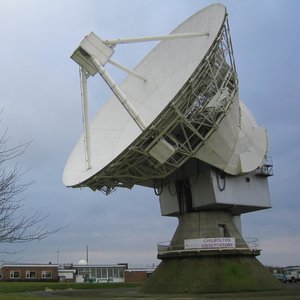Mission accomplished, GIOVE-B heads into deserved retirement
ESA’s GIOVE-B experimental navigation satellite is gradually raising its orbit as it prepares for well-earned retirement at the end of its four-year mission paving the way for Europe’s Galileo constellation.
On Tuesday, an initial thruster firing raised GIOVE-B’s orbit by about 30 km. This will be followed by others in the next three weeks so that by mid-August the satellite will be in a graveyard orbit some 600 km above its original 23 222 km orbit.
The second ‘Galileo In-Orbit Validation Experiment’ mission, launched on 27 April 2008, GIOVE-B carries both types of atomic clocks being used by the Galileo system: a rubidium clock, accurate to three seconds in one million years, and a passive hydrogen maser – the first clock of its kind flown in space – accurate to one second in three million years.
It is also fitted with an antenna to illuminate Earth with its test signal, linked to a signal generation unit able to produce the kind of complex modulated signals required for the interoperation of Galileo with the US GPS system.
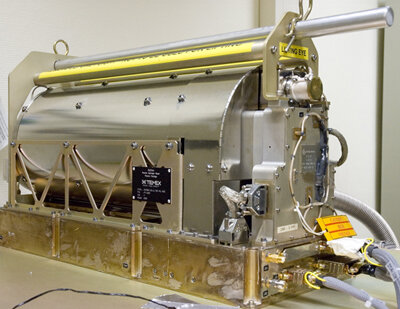
GIOVE-B also carries ESA’s advanced Standard Radiation Monitor to survey the radiation environment in this orbit.
After more than four years of service, GIOVE-B’s payload was turned off on Monday, in preparation for the following day’s thruster firing.
“GIOVE-B, like its predecessor GIOVE-A, performed excellent work testing Galileo hardware, securing Europe’s rights to the radio frequencies set aside for Galileo and gathering data on medium-Earth orbit conditions,” said Valter Alpe, managing the GIOVE satellites for ESA.
“Its signal, in combination with its ground element, also served to prove the Galileo system will work as planned.

“But now that the first Galileo satellites have joined them in orbit – with the first two launched together on 21 October 2011, and a second pair due this autumn – and have proven to be operating extremely well – there is no longer any role left for these experimental satellites.”
GIOVE-A was launched on 28 December 2005 and rose into a graveyard orbit in August 2009, with its mission completed at the end of June this year.
Both satellites comfortably exceeded their design lives of 27 months.















 Germany
Germany
 Austria
Austria
 Belgium
Belgium
 Denmark
Denmark
 Spain
Spain
 Estonia
Estonia
 Finland
Finland
 France
France
 Greece
Greece
 Hungary
Hungary
 Ireland
Ireland
 Italy
Italy
 Luxembourg
Luxembourg
 Norway
Norway
 The Netherlands
The Netherlands
 Poland
Poland
 Portugal
Portugal
 Czechia
Czechia
 Romania
Romania
 United Kingdom
United Kingdom
 Slovenia
Slovenia
 Sweden
Sweden
 Switzerland
Switzerland




























